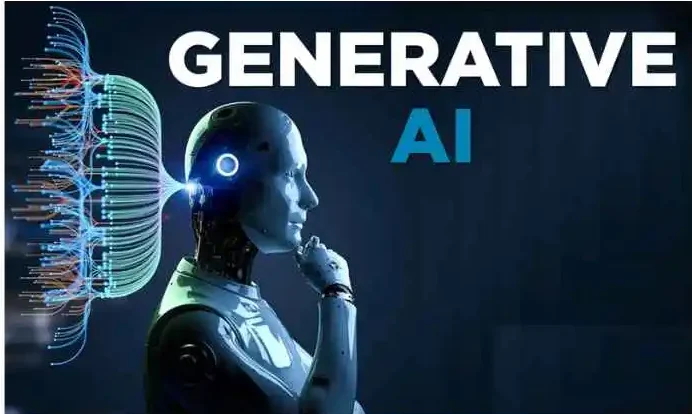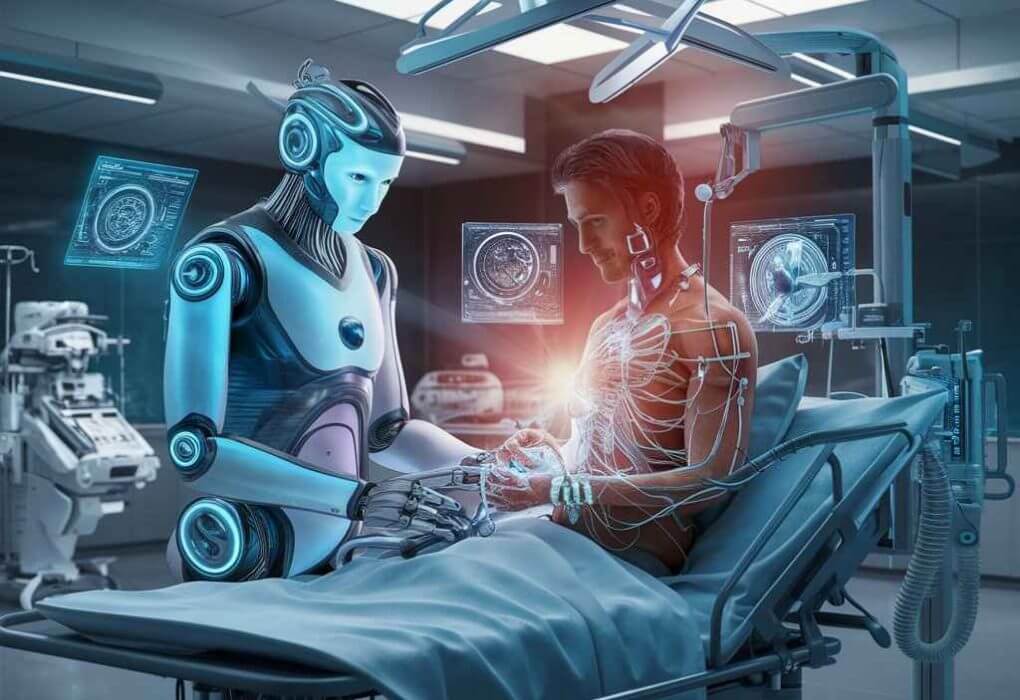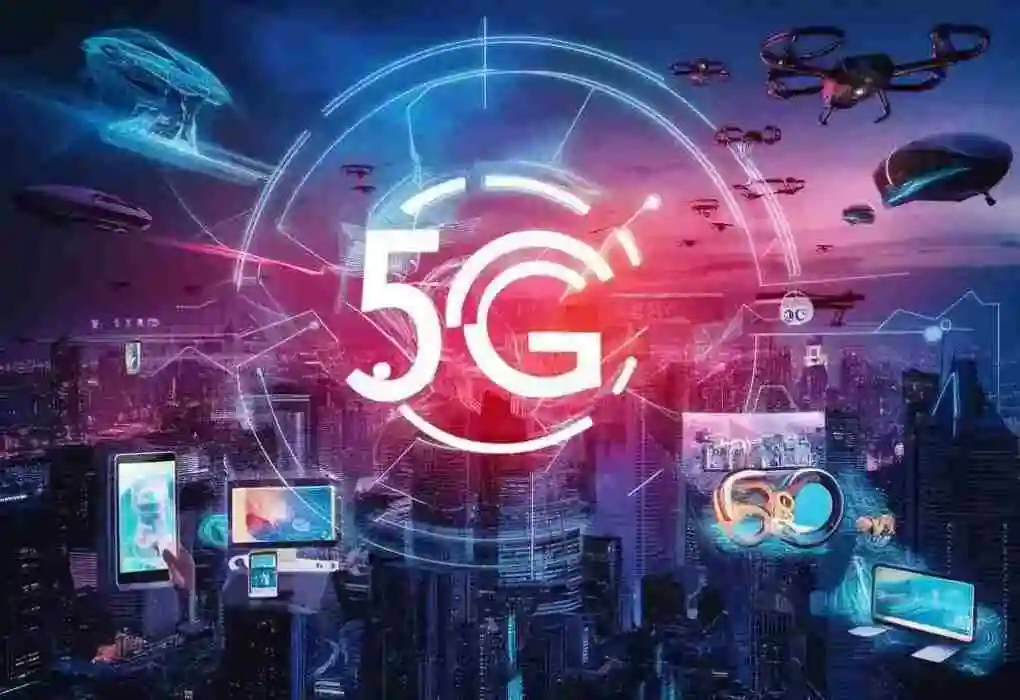When it comes to artificial intelligence AI there is an exciting branch named Generative AI. This subset of AI is to produce content on their own without direction Creative AI is the unique ability of the models to produce fresh and creative content as against being programmed.
What is Generative AI?
Let me start with the fact that the notion of Generative AI is based on neural networks – rather complex formulas providing the basis for the imitation of brain’s functions. These neural networks are fed on large data so as to learn and comprehend several structures. This learning process enables them to create content out of the information which has been imbibed by their knowledge system. In other words, Creative Artificial Intelligence takes advantage of machine learning in generating fresh and unique content.
How Does Generative AI Work?
As to the functioning of Creative Artificial Intelligence, we might compare it to the work of a painter or a composer. In the same way that an artist requires a muse from which to create a work of art, Creative Artificial Intelligence uses its training data to create new form. Using patterns and relationship within data, the neural networks are thus designed to generate outputs, which are as creatively informed as human generated data. This process includes several levels of mathematical operations and programs and the result is getting a text, images, music and other products.
Applications of Generative AI
Some of the innovators across various domains include the following, after briefly describing the main domain of the applications of Generative AI. There are already many fields for which generative AI has become applicable, including helping artists and musicians in their art, writers and developers in their work. Tools generated from Generative AI can include creative artwork, music composition and even write a story with lesser distinguishable differences between creations from a human and those from a creation by a computer. Moreover, Generative AI drives the advancements of, for example, chabots which are capable of having a natural flow and act as a helper and consultant.
Creativity Unleashed: Art and Music
This is perhaps the most exciting idea of Creative Artificial Intelligence: to change the creative work in a way. Performers and singers are producing fresh perspectives in art utilizing the assistance of artificial intelligence devices. For example, the AI working brands, Aiva and DALL-E have been producing excellent arts and music that would be considered to have been produced by real human beings.
Generating Text: From Stories to Code
Another unique area for Application of Generative AI is in text generations which holds vast prospect in different fields. From writing interesting stories, producing chunks of codes, to summing up, AI programs like GPT have exhibited enormous efficiency. And that is why it is changing the approaches to creating content and optimizing tasks from journalism to software development.
Ethical Considerations
Yet the level of innovation called for by this crucial service is not without its complications. The appearance of Creative Artificial Intelligence brings up some crucial questions that are to be answered. As AI written content is produced and continues to demonstrate enhanced believability to have been created by a human mind similar issues with regard to copyright, authorship, and responsibility arise. Hence the ethical concern that researcher, policymakers and society should come up with the proper use of Creative Artificial Intelligence.
Disabilities: Challenges and Directions
However, just as CARE has continually illustrated, Creative Artificial Intelligence is not without its issues. Everyone is excited about generative AI but there are challenges. Training data can be bias, the working of this system is not transparent and was more focus on security issues. These problems must resolve via combined efforts from researchers, businesses, and legislators. If these problems are solved, one can understand that with creative artificial intelligence, its intended purpose is to do good. New technology and new research means that the future can only be even smarter than it is today.
Conclusion
Sophisticated AI can be classified as generative AI with a great set of benefits in terms of artificial intelligence development. It can produce potentials of new art, new musicals, new stories, and even new computer code. This could reformation many industries as well as how we experience content. But, we need to be careful. There are ethical concerns and dilemmas thus Emerging out of the above discussion some important Embracethere are ethical considerations and concerns Thus emerging out of the above discusson some important Embrace there are ethical dynamics and concerns Thus, emerging out of the above-mentioned discussion, some important Embrace there are ethical concerns and Emerging from the discussion above, there are some key ethical concerns Thus, based on the discussion above, there are some significant ethical When employed wisely, it is one of the biggest creative assets available in our arsenal.
FAQs about Creative Artificial Intelligence
Q: Our question for today is, can generative AI replicate human creativity, in writing or any other form of art for that matter?
A: As we have discussed, Creative Artificial Intelligence can emulate the creative capacity of a human but we still won’t see art as we know it.
Q: Is Creative Artificial Intelligence Harmful?
A: Regardless of its use and application, Creative Artificial Intelligence is like any other instrument that can be used efficiently for best or worst outcome. There are usually measures that should be put in place to prevent corresponding risks.
Q: Indeed, it is interesting, to ask How Does Creative Artificial Intelligence Learn?
A: Creative Artificial Intelligence also operates on a machine learning technique and trains through algorithmic interpretation of large data sets on a pattern recognition principle to create new content.
Q: Is it possible for generative AI to author articles?
A: Often it is used to produce text formats for instance articles or stories from the training data and other set commands.
Q: Creative artificial intelligence has its loopholes, here is explaining its limits:
A: That’s right, creative AI does face a few challenges. Training data can be highly biased – resulting in clichés or discriminating model outputs. AI can also make creative content that fit the situation poorly. Another issue about the application of AI-generated creative work is also an ethical one.






